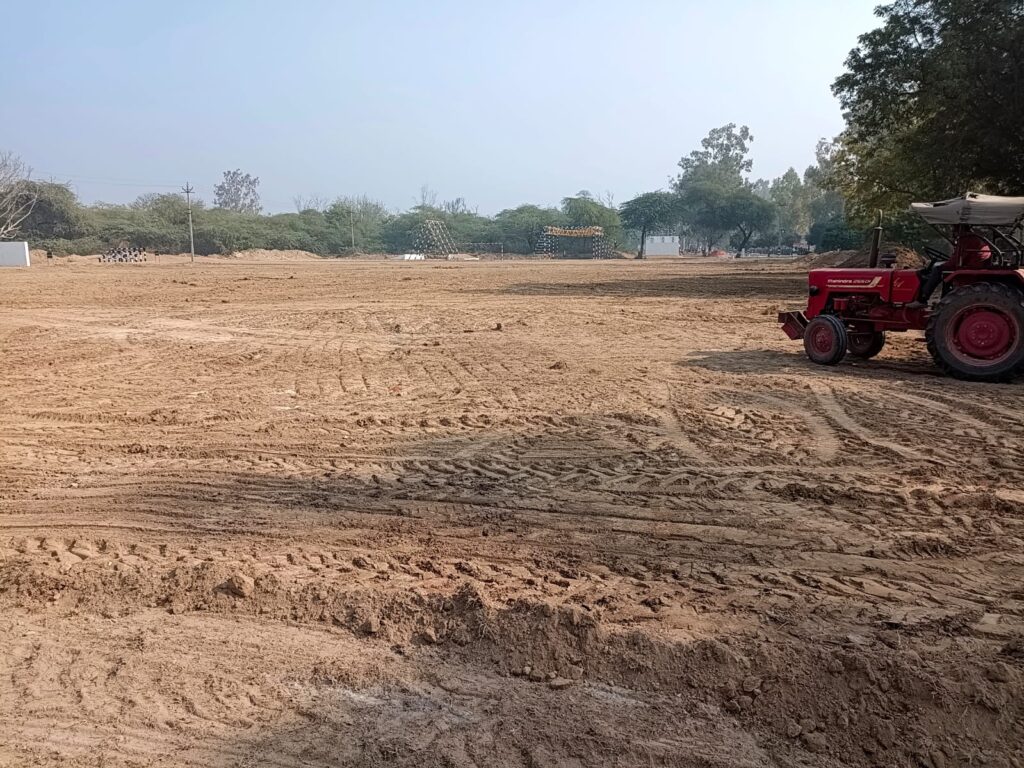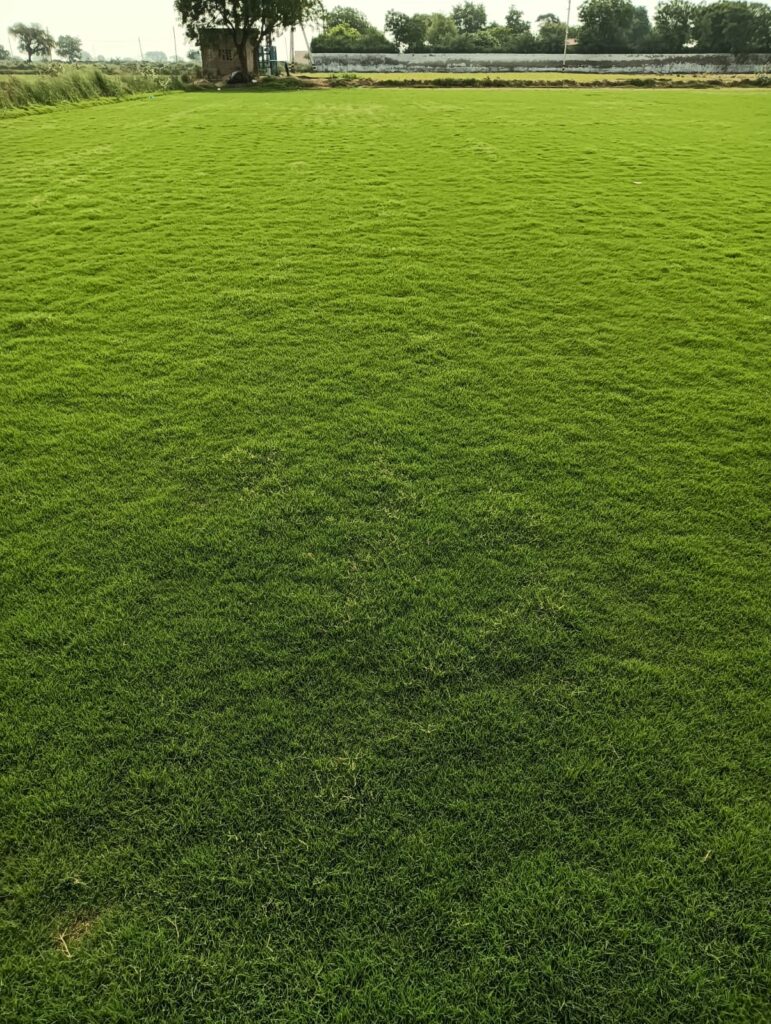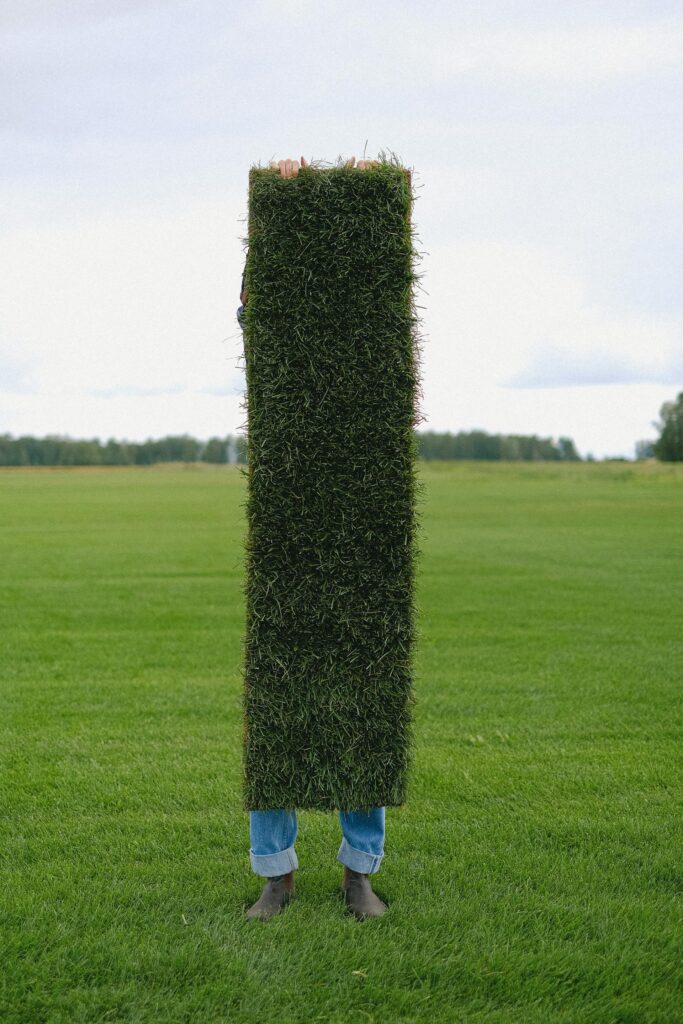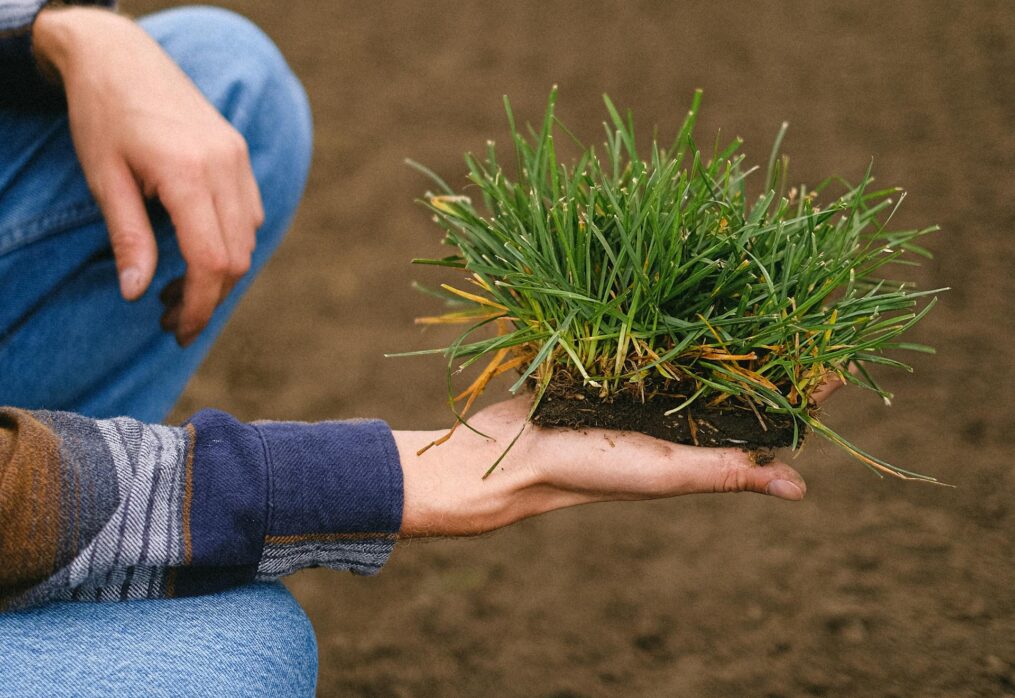What are the best conditions for growing grass
The success of growing grass depends largely on understanding the ideal conditions, particularly the grass growing temperature. The best temperature to grow grass typically falls between 60°F and 75°F, as this range supports optimal germination and root development. Cooler seasons, such as early spring or fall, are often considered the best time to grow grass because the mild weather promotes healthy growth. For consistent results, it’s important to monitor the grass growth temperature and ensure the soil remains warm enough to encourage sprouting. Maintaining the right temperature for growing grass not only improves growth but also helps establish a lush, vibrant lawn efficiently.
Not all grass species are ideal for planting during the hot, humid summer months. However, it is feasible to grow some varieties of grasses effectively in the summer; they’ll only require some more attention. Here’s how to set yourself up for success ( What are the best conditions for growing grass ):
When’s the best time to plant?


The optimum time to plant depends on where you live and the sort of grass you’re growing. If you live in the North and are growing cool-season grasses like Kentucky bluegrass, perennial ryegrass, or fescues, the best time to plant grass seed is in the spring and again in the fall. Cool-season grasses grow most actively when the air temperatures are between 50 and 80 degrees F, the soil temperature is 50 to 65 degrees F, and rain is sufficient.
Cool-season grasses go dormant and do not develop during hot weather, when the soil temperature increases over 65 degrees F. Since this is frequent during the peak summer months, sowing cool-season grass seed might result in poor seed germination or even seedling mortality. On the other hand, if you live in the South and are growing warm-season grasses such as centipedegrass, zoysiagrass, bahiagrass, or bermudagrass, the optimal time to seed is late spring through mid-summer.
Warm-season grasses originate from tropical parts of the planet and, once established, are able to live in blistering heat and high temperatures. They grow most vigorously when air temperatures are warm, between 70 and 90 degrees F. In addition, seeds need higher soil temperatures than cool-season grasses to germinate (preferably between 65 and 70 degrees F).
Planting in the heat
If you live in the South and decide to plant warm-season grass in the heat of summer, or if you have young grass seedlings still struggling to establish when the weather gets hot, try these strategies for success.
-
Use high-quality grass seed.
Select a Balaji Nursery grass seed that is appropriate for your location. Also, make sure to take into account the growth conditions of your area. How much wear and tear will youngsters and family pets put on the grass? How much sun? Is the soil sandy?
Bermudagrass tolerates a very low mowing height and is suitable for locations prone to blazing heat and drought. Centipedegrass thrives best in sunny, warm, humid locations in the South with sandy, acidic soil and does not require a lot of fertilizer.
Zoysia grass is most common in the central United States. It is the most cold-tolerant of all the warm-season grasses, but it is very slow-growing and may take more than a year to establish itself. Bahiagrass has good heat and drought endurance and is appropriate for Deep South coastal locations since it thrives well in sandy, acidic soils. Pensacola bahiagrass has a finer leaf texture and is more cold-resistant, whereas Argentine bahiagrass is deeper green and has larger leaf blades. If you need help identifying a grass type that is perfect for your lawn, visit your local garden shop or check out our Identify Your Grass page for more information.
-
Be diligent about watering.
If you want lush, green grass later, how you water your new lawn is very important. Once your grass seed is sown, the top inch of soil should be kept regularly wet but not waterlogged for the first 2 to 3 weeks. This involves sprinkling the planted area with water daily, or more if needed. If the weather is hot and dry, you may need to spray more often. After the grass seed has sprouted, keep the top 2 inches of soil moist, but allow it to dry somewhat between waterings.
This will stimulate the grassroots to start growing deep in the soil. As your grass seeds continue to develop, reduce the watering to every 2 to 3 days. However, if the temperatures are extreme, don’t let the soil dry up. (Young grass seedlings at this time are still sensitive to drying out.) Once your new lawn has reached mowing height, reduce watering to once or twice a week. The first 6 to 8 inches of soil should be damp, but let it dry out before watering again. This will continue to stimulate the grassroots to grow deeper in the soil.
-
 Be cautious on hot days with heavy rain.
Be cautious on hot days with heavy rain.
If the long weather prediction is calling for extremely hot temperatures, heavy humidity, and plenty of rain, it’s a good idea to hold off on sowing grass seed. High temperatures, combined with wet soils, create situations in which there is no soil oxygen for roots to breathe. If that happens, they will not be able to absorb nutrients and water, and they may perish. If you’ve ever driven by a farmer’s field, you can see the impacts of wet soils on immature soybean and corn seedlings. Parts of the field that are saturated with water will have yellow and stunted plants. The same high temperatures and soil aeration stressors that cripple powerful field crops may harm small grass seedlings.
-
Be aware that hot, humid evenings can contribute to grass sickness.
High overnight temperatures exceeding 65 degrees F, along with considerable wetness and humidity, are very stressful for new grass seedlings. In these conditions, lawn fungal diseases such as damping off (Pythium) and brown patch (Rhizoctonia) become particularly active. They can attack and potentially kill new grass seedlings. To help prevent these difficulties, make sure the planting area is well-drained before sowing, and always follow the seeding rate on the back of the bag.
Too many seedlings trying to develop in the same place decreases air circulation, inhibits water from adequately evaporating, and can lead to disease concerns. Warm temperatures, combined with water-logged soils, produce situations where there is no oxygen in the oxygen in the soil for roots to breathe. If the roots can’t breathe, they cannot absorb nutrients and water, and they may perish.
For example, you can see the stress of waterlogged or saturated soils in many farm fields of immature soybeans and corn that appear yellow and stunted. The same heat, humidity, and soil aeration pressures that cripple such powerful field crops may harm small grass seedlings. So hold off on planting grass seed during periods of excessive heat, humidity, and significant water stress.
Looking for the best Natural Lawn Grass Carpet Roll?
We are offering Natural Green Grass Carpet to our clients. We are a leading manufacturer and supplier of Natural grass carpet, lawn grass carpet, garden grass, Mexican grass carpet, playground grass, and stadium grass supplier all over INDIA.
Buy Natural Grass Carpet Rolls online and get delivery within 1 day at your doorstep. Call 9354173113 / 8766234417 to make a purchase today!
Last Updated on 7 days ago by Anjali Mehra Ph.D. in Horticulture (Punjab Agricultural University)
- Best Lawn Grass for High-Footfall Religious Places in Punjab - December 29, 2025
- Why Lawn Grass Fails After Installation (Real Indian Case Studies) - December 25, 2025
- Nilgiri Grass vs Korean Grass – Price, Look & Maintenance Compared - December 23, 2025
